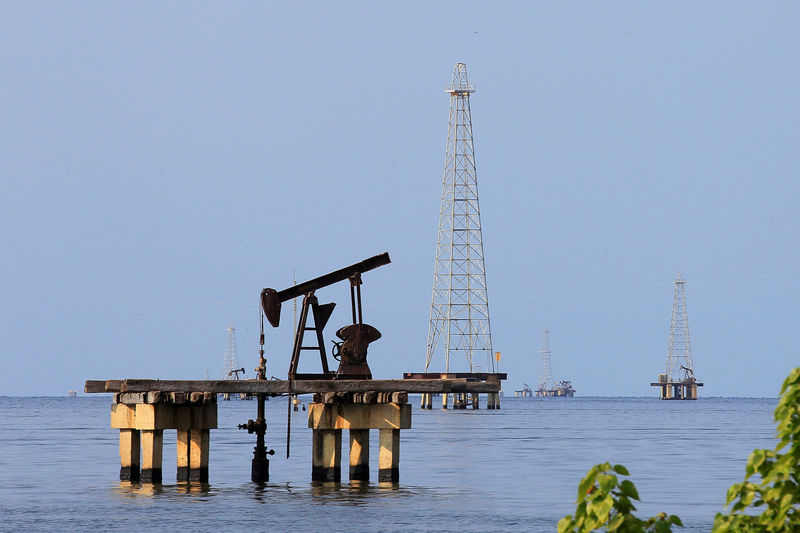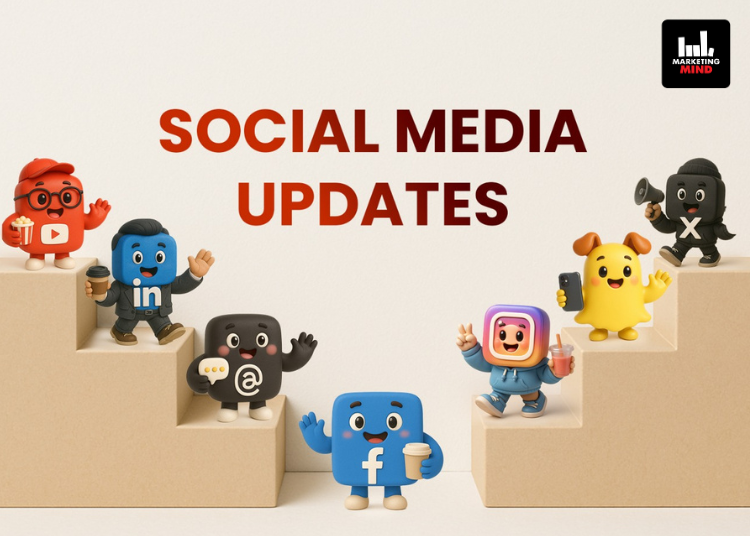If we told you that the price of Oil prices fell to negative very recently would you believe us? Well, that is exactly what had happened. The price of a barrel of WTI fell to minus, $37.63 a barrel. But what does it mean for the oil prices to be in the negative? Does it mean we will not have to pay for oil consumption? Let’s find out.

Decline In Demand
During the world wide lockdown due to the COVID19, the consumption & global demand for oil has gone down drastically. Apparently, the global demand for oil has gone from 100 million barrels per day to 29 million barrels per day. OPEC and other producers agreed to cut production by 9.7 million barrels a day, far less than the decrease in demand, leaving a huge surplus of oil on the market and no buyers.
Storage Factor
Oil is always traded on its future pricing and each contract trades last a month. With May contracts expired already, the commodity producers are willing to pay purchasers to take oil off their hands amid fears that most storage facilities will run out of space by the end of May.
They are seen as very keen to avoid taking possession of those oil holdings and having to deal with the storage costs. The real problem of the global supply-demand imbalance has started to really start to manifest itself in prices.
What Does It Mean For Us?
The negative pricing is definitely not going to affect the local consumers. The prices cannot be considered as the true pricing of the commodity as it is traded on future pricing. If we take a look at the June pricing, though weaker than last year, the commodity price can be seen as above $20 per barrel.
The pandemic’s effect on oil as a commodity will surely mean that the prices, internally at the pumps, will fluctuate and be lower than before but it will be temporary and the government most definitely not be giving it away for free.
















